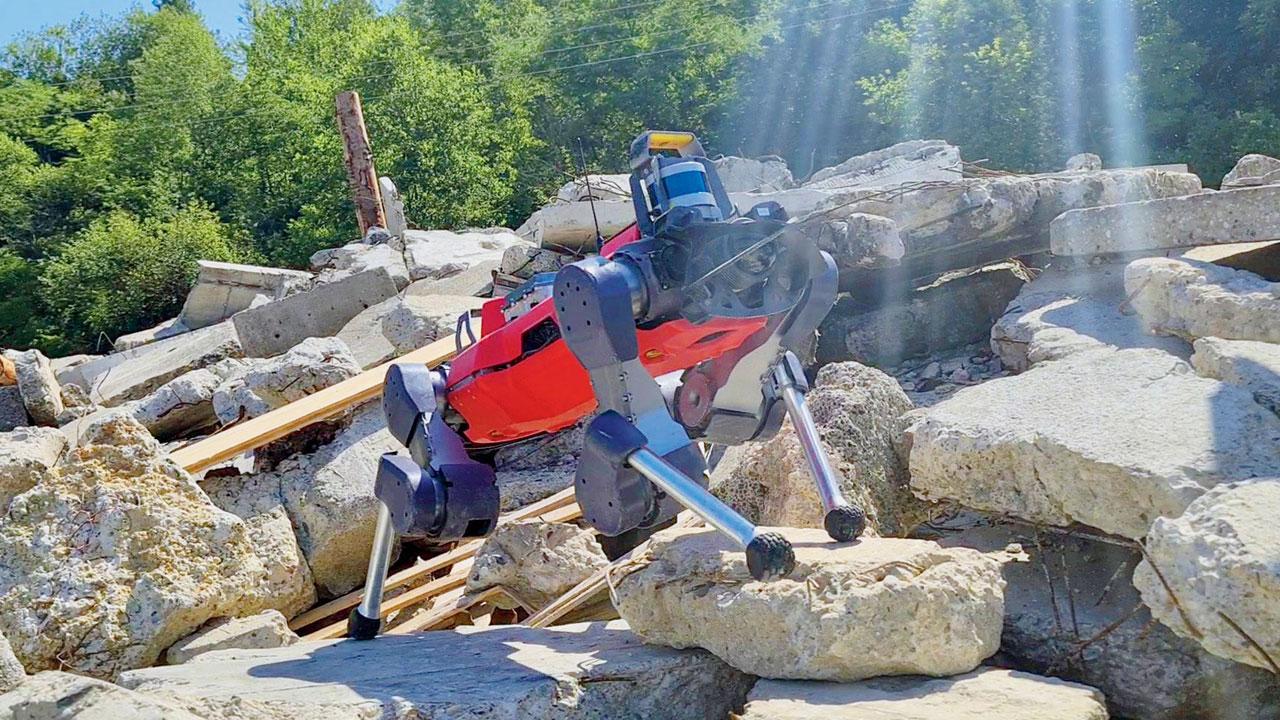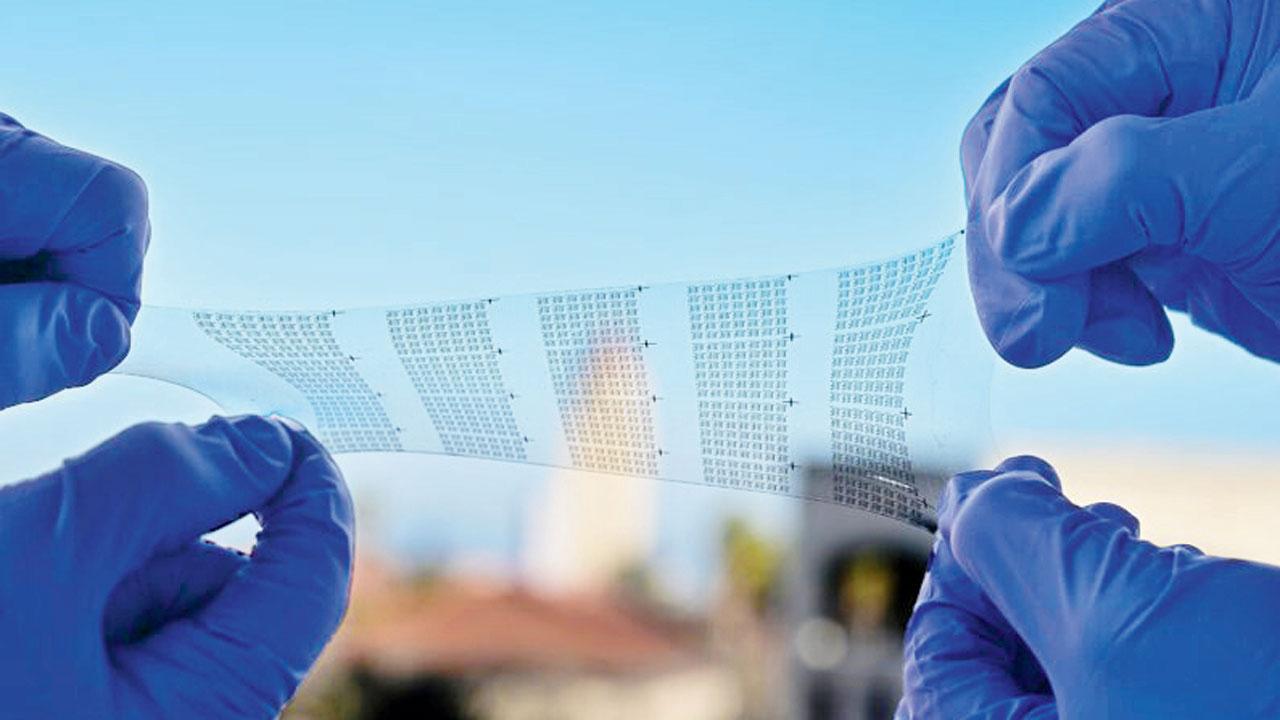Utilising innovative machine learning techniques, the robot has transformed into a versatile urban explorer

PIC/ETH Zurich
In a leap for robotics, a quadrupedal robot named ANYmal, developed by researchers at ETH Zurich, has unveiled its latest feats: parkour prowess and the ability to navigate through rubble-strewn disaster areas with agility and precision.
ADVERTISEMENT
Utilising innovative machine learning techniques, the robot has transformed into a versatile urban explorer. By learning through trial and error, akin to the process of a child, the bot has honed its ability to surmount obstacles and execute dynamic manoeuvres.
Through a combination of machine learning and traditional control engineering methods, researchers have equipped ANYmal with the ability to negotiate both predetermined obstacles and unforeseen challenges in real-world scenarios. With these advancements, it could be used for tasks in hazardous environments.
New stretchable electronics could redefine wearable tech

Pic/Stanford University
Researchers at Stanford University have developed miniature, stretchable electronic circuits that promise to revolutionise health monitoring and biomedical applications. Published in Nature, Stanford researchers revealed a groundbreaking design and fabrication process for skin-like integrated circuits that are not only five times smaller but also operate at a staggering one thousand times higher speeds compared to earlier versions. These soft integrated circuits, powered by stretchable transistors made from semiconducting carbon nanotubes and elastic electronic materials, boast capabilities previously unimaginable in the realm of wearable electronics. The core of these circuits lies in their flexibility, enabled by the unique properties of carbon nanotubes.
 Subscribe today by clicking the link and stay updated with the latest news!" Click here!
Subscribe today by clicking the link and stay updated with the latest news!" Click here!







